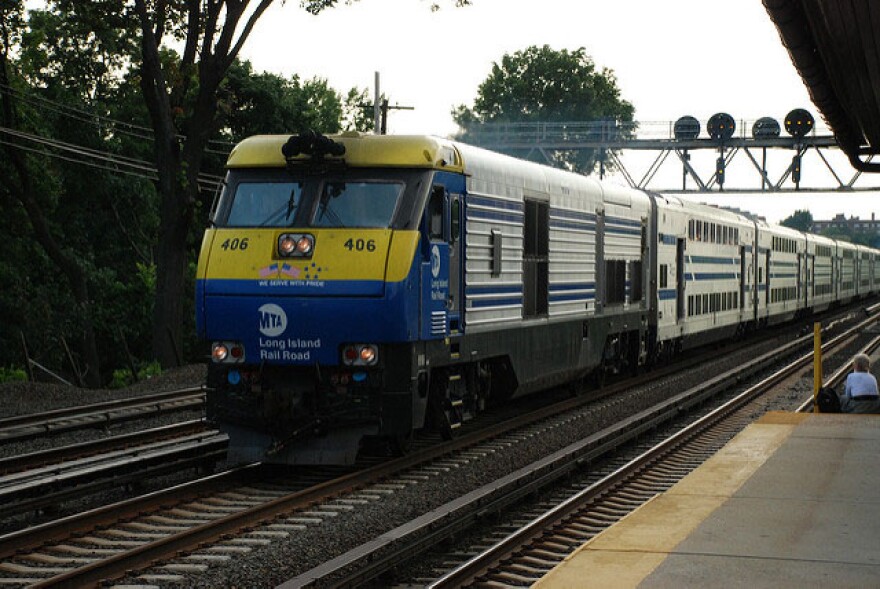Commuter rail ridership is still far below than before the pandemic, and the Metropolitan Transportation Authority is running out of the emergency federal aid that it received.
More than $15 billion in COVID-19 funding was projected to help the MTA balance its budgets through 2025.
Chief financial officer Kevin Willens told the MTA Board on Monday that they will burn through that money faster, if revenues keep dropping.
“Deficits could grow larger and when you think we just barely have enough money to cover us through 2024, any of these risks playing out would then also make our problem move into 2024, rather than 2025,” Willens said. “The revenue forecast is certainly a risk. We've had to bring down the forecast significantly between the previous forecast and what we’re using now.”
The MTA hired the global consulting firm McKinsey & Co. to prepare a study analyzing the pandemic’s impact on ridership in 2020. Recently, McKinsley revised its ridership forecast as part of the latest update to MTA’s financial plan.
A report shared with the board on Monday recommended the MTA reduce its revenue forecast, which cost an additional $350 million a year in lost profits. McKinsey now predicts that it could take until 2026 for the MTA to recover 80% of its pre-pandemic commuter rail, subway and bus ridership in the revised projections.
The MTA doesn’t expect to be back to pre-pandemic ridership until around 2035. Officials expect it will take longer for the Long Island Rail Road’s ridership to recover than subways and buses.
More than half of riders have returned to the LIRR last month compared to June 2021. Metro-North’s New Haven line also increased 63%, but they make up nearly 40% fewer commuters than in 2019.
More commuters are still working from home and are taking less non-work trips because more is offered online, according to consultants. For instance, visits to the doctor are offered via tele-health appointments, and groceries can be delivered anywhere. In addition, people may be resistant to return to public transit if they feel it is unsafe, Willen said.
He said because of ridership revenue declines, they will need to take action next year to avoid fare increases, service cuts and layoffs.
“The fiscal cliff can be reduced by up to a billion a year by using the federal COVID relief funds in a smarter, more sustainable way, avoiding costly deficit financing to just delay the problem,” Willens said. “But all that is going to take action in early 2023.”
Willens said he is concerned a slower economy and inflation will reduce tax revenues and delay its 4% biennial fare and toll increase. That amounts to at least another $1 billion in 2025.
The MTA is expected to have a draft proposed budget for 2023 in November.


